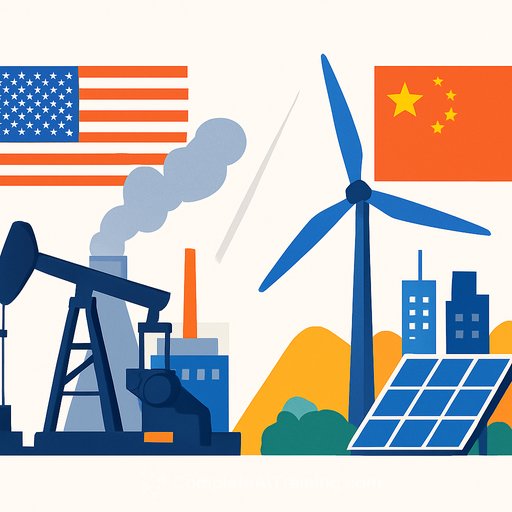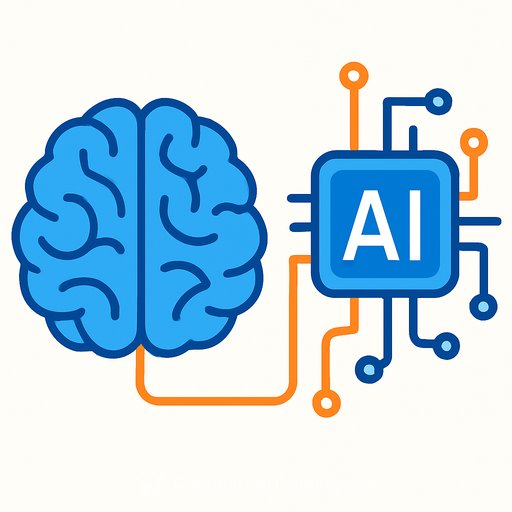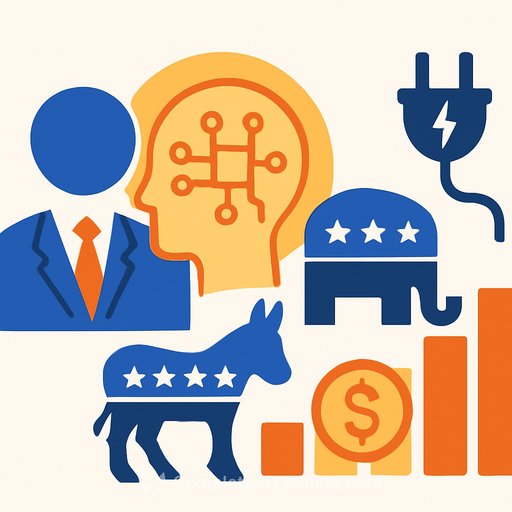AI's Next Move Will Be Decided by the Grid
Welcome to The State of AI, a collaboration between the Financial Times and MIT Technology Review. Over the next six weeks, we'll unpack one core question each Monday. This week: how China's renewables blitz could reset the AI race-and what the US can do about its energy squeeze.
The bottleneck isn't capital-it's electricity
AI demand is exploding, but the US grid isn't ready. Efficiency gains that once offset data center growth have slowed, while billions of daily model queries push electricity use higher. In several regions, bills are climbing as new data center load hits already stressed infrastructure.
If that doesn't change, the US risks becoming a consumer of AI systems built elsewhere instead of a driver of the next wave. Energy abundance, not just better chips, will determine who sets the pace.
China is building for abundance
China reportedly added 429 GW of new power capacity in 2024-over six times the net US addition. Coal still plays a role, but its share is declining as solar, wind, nuclear, and gas scale at record rates. Meanwhile, parts of the US are still trying to revive aging coal plants that run less reliably than a decade ago.
China's clean tech export machine is also surging. By some measures, its renewables exports now out-earn US oil and gas exports. Globally, more than 90% of new capacity added last year came from renewables, a trend confirmed by international energy agencies. See the latest data.
Fast fixes the US can deploy now
Make data centers flexible. If operators commit to avoid drawing from the grid during peak stress a tiny fraction of the year-around 0.25% of the time-studies suggest the grid could accommodate roughly 76 GW of additional demand. That's like adding around 5% of US grid capacity with no new plants. Deals that let utilities dispatch backup generators in exchange for cheaper rates also help.
Then build what's cheapest and fastest to connect: wind and solar, plus the transmission to move it. Natural gas can backstop reliability, but supply chain delays for key equipment are a risk. Propping up old coal is a costly detour.
The forecast fog is real
How much power AI will use in five years is unclear. Credible projections range from under 2× today's load to 4×. There's limited public data on AI system energy use, and future efficiency gains are uncertain. Chip makers point to huge improvements, but we've misjudged tech demand before-remember the late-'90s claims the internet would soon take half of US electricity.
Signs of strain are already here
Ireland has restricted new data center connections around Dublin to keep the grid stable, and regulators are weighing rules that require operators to bring matching generation. Details from Ireland's regulator.
Europe is experimenting with data centers powered largely by renewables plus batteries. The direction is clear: more clean capacity, more flexibility, fewer excuses.
Will AI help fix the grid?
Some leaders claim superintelligent systems will make climate problems trivial. That's not visible yet. AI may assist with planning and operations, but live grid applications are still early. Meanwhile, countries that build clean, reliable capacity fastest will set the pace for AI progress.
Action plan for leaders in government, research, and tech
- Policy and regulation: Fast-track permitting for renewables, nuclear, and transmission. Tie large-load interconnections to flexibility commitments and transparent energy reporting. Use dynamic rates and capacity markets that pay for load curtailment.
- Utilities and grid operators: Offer flexible interconnection agreements, build demand response for data centers, and enable utility-controlled use of backup generation. Prioritize siting near surplus generation and strong transmission.
- Data center operators: Commit to curtailment windows, shift non-urgent training to off-peak hours, improve PUE/WUE, and co-locate with new clean generation. Add on-site storage and explore waste-heat recovery with local districts.
- IT and engineering teams: Optimize models and inference paths, compress and quantize where possible, and track energy per training run and per query as first-class metrics.
- Research community: Push for standardized, public reporting of AI energy use and open benchmarks that include energy and emissions, not just accuracy and latency.
The AI race runs on electrons. China is building them at scale. If the US wants to lead on AI, it needs a grid that can say yes-backed by flexible demand and a surge of new clean capacity.
If your team needs practical upskilling to design, deploy, and operate AI systems efficiently, explore focused programs by role at Complete AI Training.
Your membership also unlocks:














